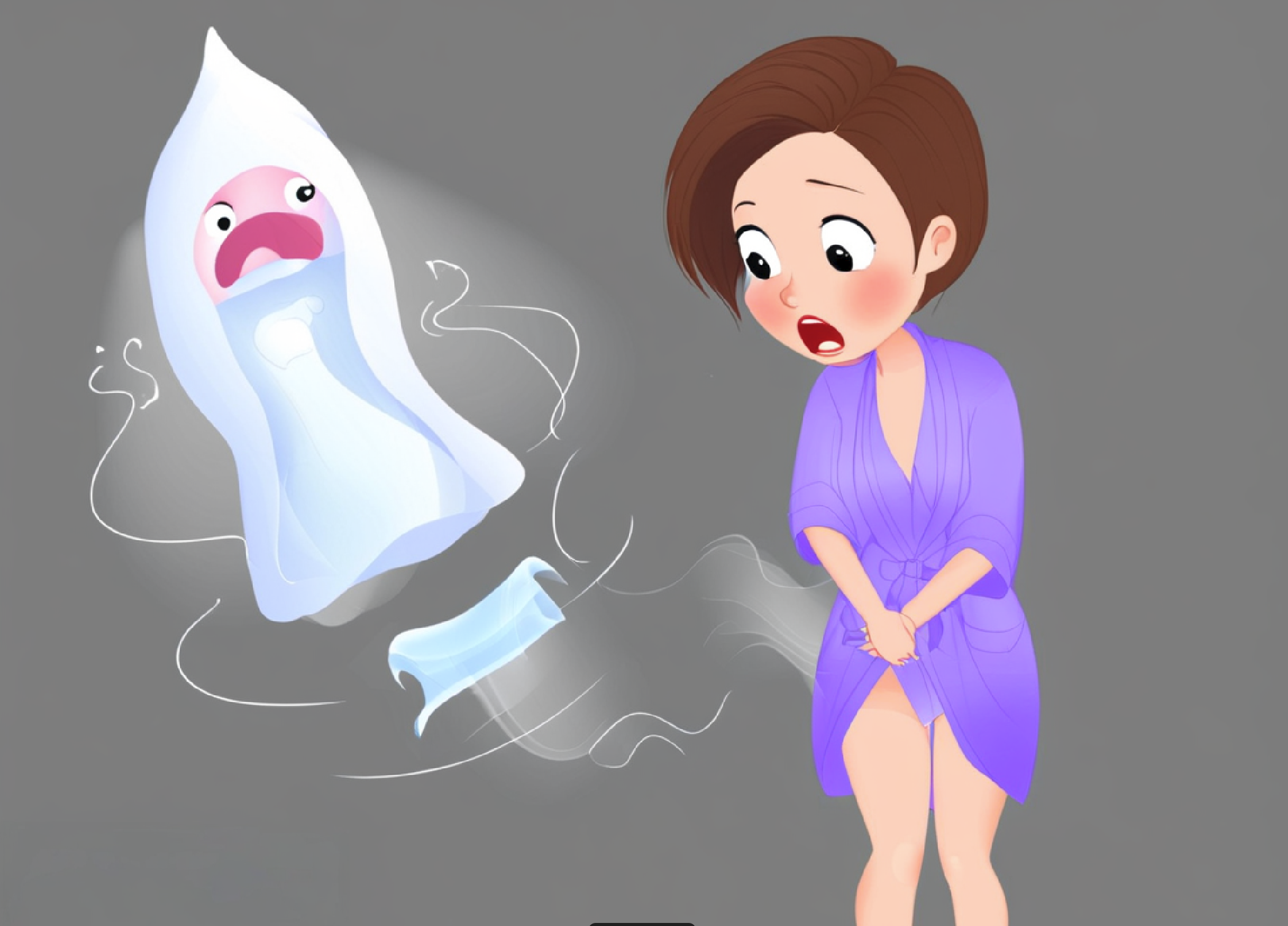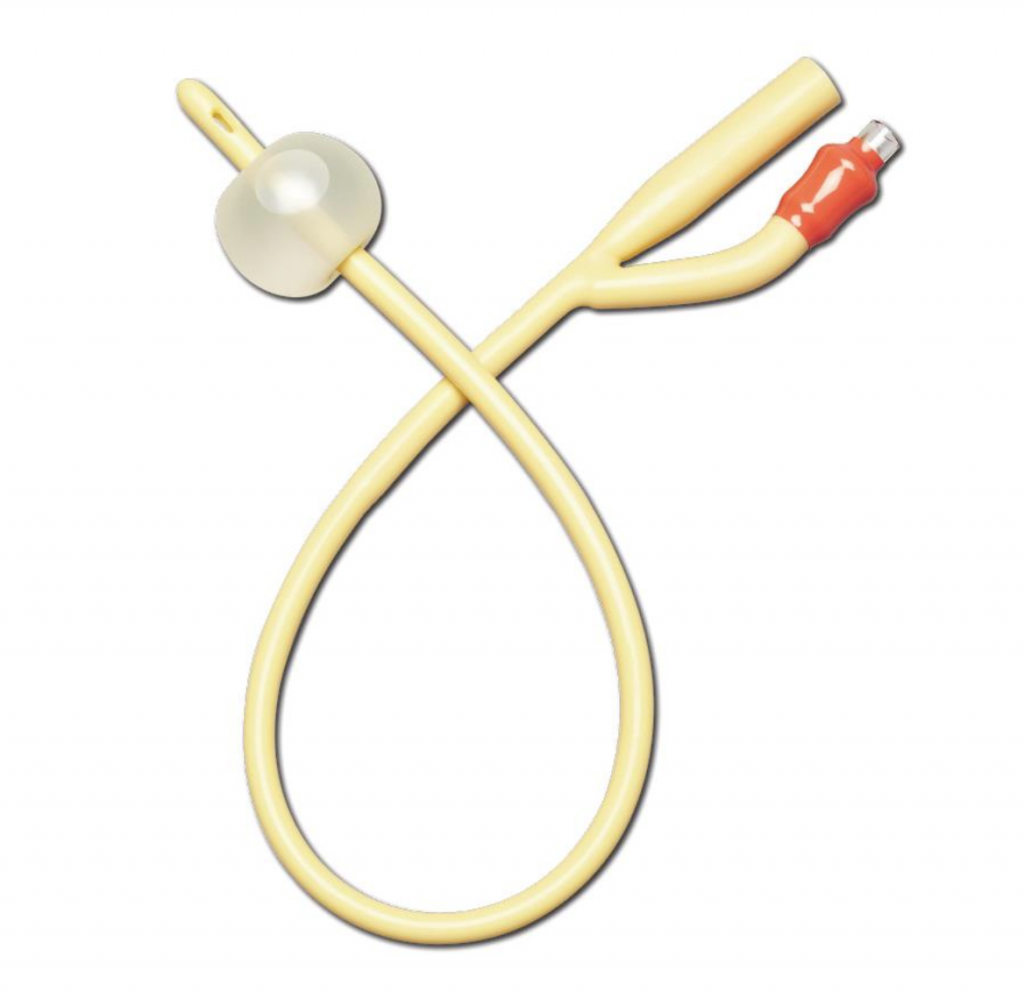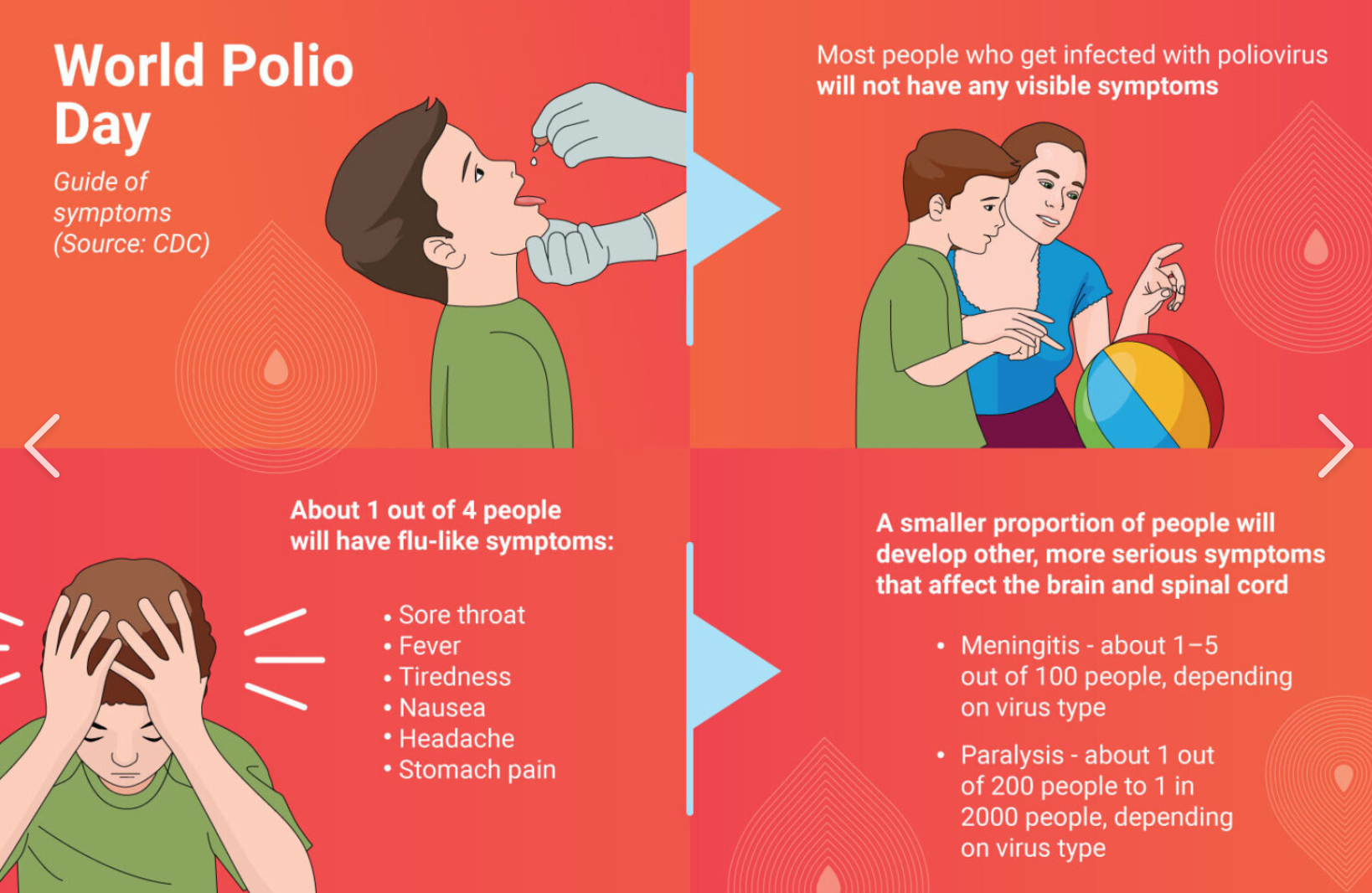When Your “Aunt Flo” Comes to Town with a Vengeance: A Guide to Managing Heavy Menstrual Bleeding

Ah, “Aunt Flo”—the monthly visitor who can sometimes overstay her welcome. While a little extra flow might just be her way of making a grand entrance, heavy menstrual bleeding can be a real pain (literally and figuratively). But don’t worry, we’ve got your back (and your uterus) with a guide to managing those heavy flow days.
What’s Causing the Flood?

Heavy menstrual bleeding, or menorrhagia, can stem from a variety of sources. It could be due to a gynecological issue like fibroids, adenomyosis, endometrial polyps, endometritis, or uterine arteriovenous malformations. Or it might be linked to systemic conditions such as blood disorders, kidney disease, liver disease, hypertension, or diabetes. Certain medications, like hormonal or anticoagulant drugs, and medical interventions like IUD placement or GnRH-a “flare-up” can also play a role.
Hormonal Harmony
Hormones are the conductors of your menstrual symphony. When they go off-beat, it can lead to prolonged periods. Estrogen helps build up the uterine lining, while progesterone readies it for pregnancy. If pregnancy doesn’t happen, you get that lovely “withdrawal bleeding.” In cases of menstrual irregularities, progesterone can sync up the uterine lining. After taking progesterone, you might experience withdrawal bleeding—totally normal! If it’s heavy, consider adding a blood-stopper, androgens, or even a balloon (yes, you read that right).
Oral contraceptives, like Yasmin, Yaz, Marvelon, and Dianette, contain estrogen and progesterone. A common strategy is to start with a pill every 6 or 8 hours until the bleeding stops, then taper off by reducing the dose by a third every three days until you’re down to one pill a day. Keep it up for 21 days, then let nature take its course. Just remember, if the underlying issue (like submucous fibroids) isn’t addressed, the next period might bring another flood.
The Non-Hormonal Hero: Tranexamic Acid

For those who prefer to avoid hormones or can’t use them, tranexamic acid is a lifesaver. This non-hormonal pill is perfect for those heavy flow days. It’s usually taken for 3-5 days, but no more than 7 days. Be cautious if you have a history of blood clots or clotting disorders. And if your kidneys aren’t in tip-top shape, you might need a lower dose.
Ballooning into Action

When the bleeding is on the fast track, a balloon tamponade can be a quick fix. By placing a balloon, like a Foley catheter or even a condom, into the uterus, you can apply pressure to stop the flow. This not only compresses the uterine walls but also stimulates the uterine muscles to contract, further reducing blood flow and promoting clotting. Once the bleeding stops, you can slowly deflate the balloon.
The Scrape and Save: D&C

Dilation and curettage (D&C) involves scraping the uterine lining to remove any problematic tissue. This mechanical approach can quickly stop the bleeding and provide tissue samples for diagnosis. It’s a bit like giving your uterus a good spring cleaning.
The Last Resort: Endometrial Ablation

If medications aren’t cutting it, and you’re not planning to have kids, endometrial ablation might be an option. This procedure uses energy to zap or destroy the uterine lining, reducing or even stopping menstrual bleeding. It’s like giving your uterus a fresh start.
Blocking the Flow: Uterine Artery Embolization

For those dealing with fibroids, adenomyosis, or other vascular issues, uterine artery embolization (UAE) can be a game-changer. By injecting a blocking agent into the uterine arteries, you can cut off the blood supply to the bleeding area. It’s effective, relatively safe, and recovery is usually quick. But be aware, it might come with side effects like pain, fever, or even a dip in ovarian function.
The Bottom Line
While these methods can help you weather the storm, they’re often just temporary fixes. Addressing the root cause is crucial. Don’t let the relief of stopping the bleeding make you forget about the underlying issue. Otherwise, “Aunt Flo” might just come back with a vengeance next month.
Stay informed, stay healthy, and remember—you’ve got this!







Leave a Reply